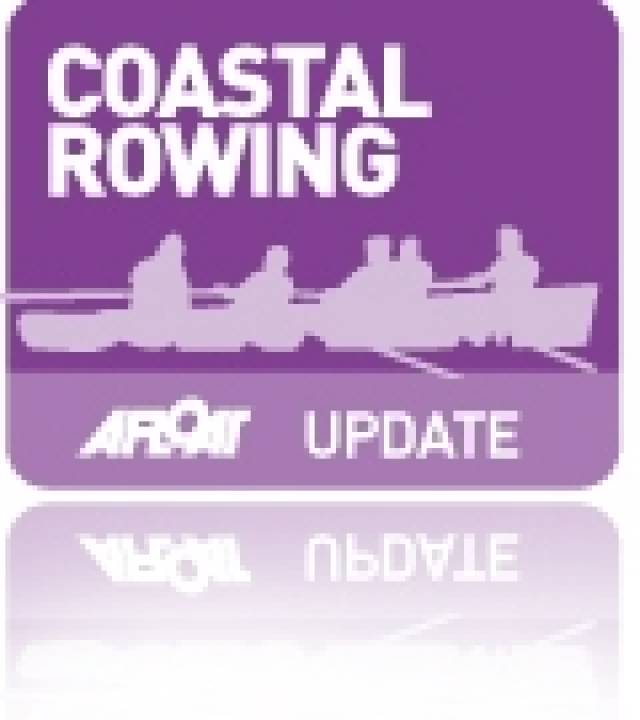#CURRACH – Two traditional Irish currachs are being built on the banks of the river Liffey and will be afloat on the Irish sea in the first week of the new year. The special project undertaken by East Wall Sports Club aims to highlight the ancient Irish craft of boat building.
The launch at the Club on January 7th follows a month-long currach workshop where a team have been hand-building the boats under the careful guidance of artist and boat-builder, Mark Redden, who learnt the craft from Jackie Mons and Cork currach builder Padraig O Duinnin.
Mark told 98fm radio the currach represents more than a simple water craft: “It stands for the quality of ancient design, a legacy left to us by our forbearers and a resourcefulness applicable to today’s life. We’re drawing on all of this to build two Connemara curachs by the 7th of January!”
It is hoped these new additions in Dublin’s currach fleet will produce crews that will compete in the regattas of the west coast. Des Moriarty one of the original team and photographer for the project continued “the launch will mark 2012 as the year of the currach and the team and club welcome everyone with an interest to come on the 7th, see them launch into the Irish sea hear more about the build and project from Mark and off course enjoy some great food and music!”
More on this story from 98fm here and Dublin People here. The East Wall Sports Club facebook page is here


























































